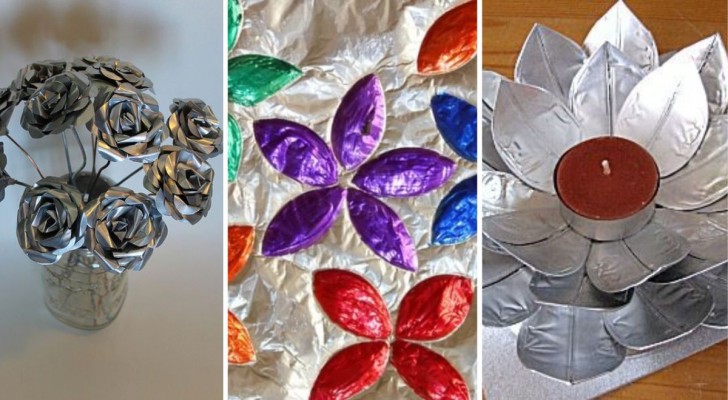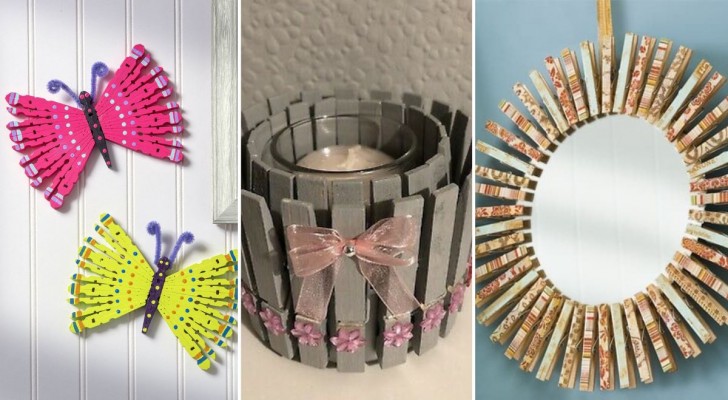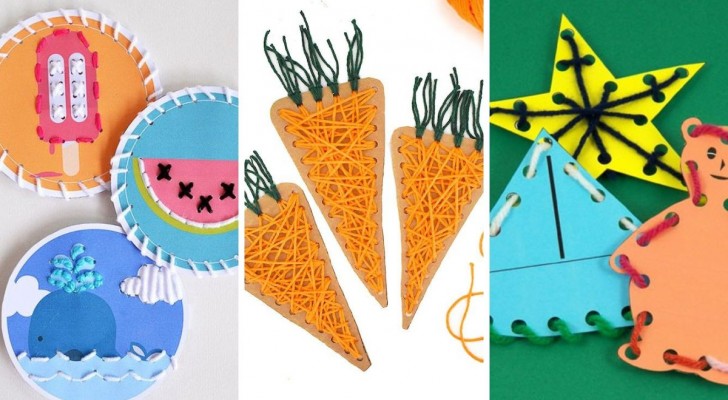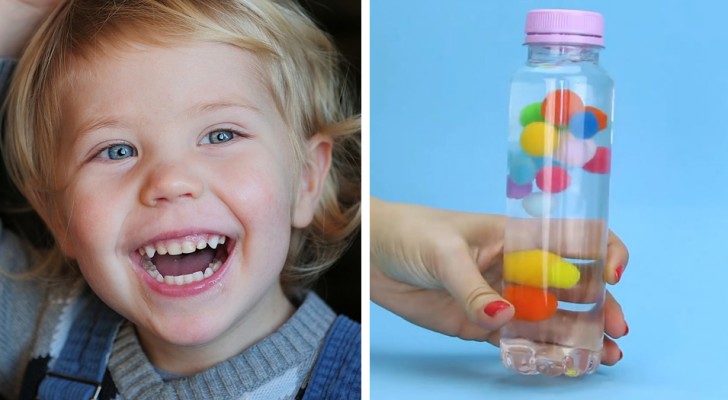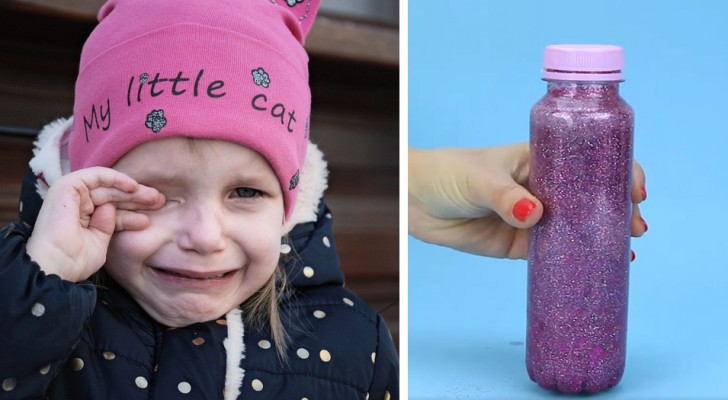Montessori games: 15 activities to do at home to have fun and stimulate the imagination
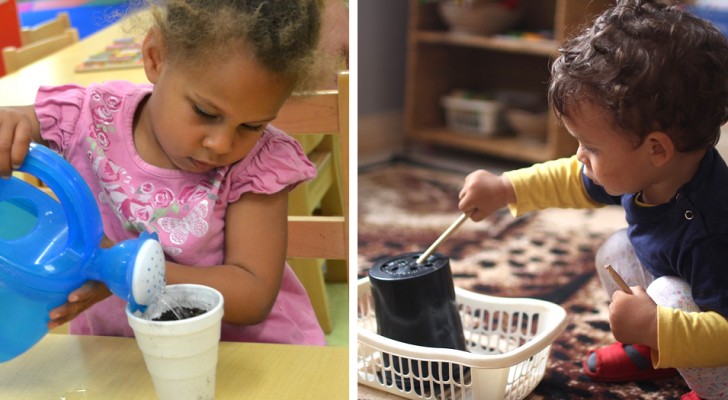
In the pedagogical method developed by Maria Montessori, and adopted by thousands of schools around the world, play is a fundamental tool for promoting self-learning, because it is considered as the means that helps children to learn about the world through direct experimentation.
Montessori games, therefore, are always designed with the idea of empowering children, making them aware of their actions, so as to educate them and at the same time stimulate them to develop their full potential. For this, they must be simple but also interactive games, all to be discovered, capable of stimulating imagination, dexterity and motor and coordination skills, or a whole series of procedures that, among other things, predispose children to assimilate the processes more easily. writing and mathematical notions.
At home or at school, you can create a fun and educational environment, but above all harmonious. Therefore, when making the games, it is important not to overload the little ones with stimuli, flooding them with materials and information. Limit the elements they have to interact with; let them choose between only two alternative activities, increasing them only as they grow; present the materials to choose from in a box or tray, so that they focus only on them and then let them free to discover how to interact with the games themselves without influencing their learning process too much.
It is also important to have them play in spaces that are clear of too many objects and to make them responsible for the need to tidy everything up once they have finished playing.
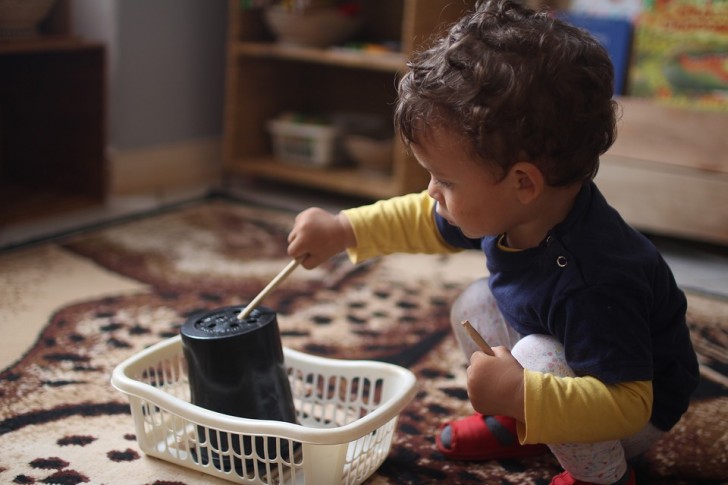
For children between the ages of 1 and 3
- Button families: a game that serves to stimulate the little ones to understand the similarities between objects, according to logical processes. Then give them 15 or 20 buttons of different shapes, colors and materials, and encourage them to group them by categories, with the help of a container with several compartments, such as a muffin pan. You will need to watch them carefully in case they bring buttons to their mouths. For the little ones you can also use categories of larger and less "dangerous" objects that can still be divided into families, even among their own similar toys.
- Pairs of Socks: If you are afraid of using objects that are too small, colored socks of different shapes and fabrics will work! Give the children 5 or 6 unmatched couples and ask them to find their own mate for each one.
- Transfer objects: fill a plate with a little legumes (or pasta, rice, flour ... a couple of handfuls are enough) and ask them to move them to another plate next to them using a spoon. It is a very useful activity for developing fine motor skills. When asked to move from left to right, it is also useful for learning the movements needed for writing. This type of game can also be made with liquids, such as water with a little food coloring, and a dropper instead of a spoon (but that's fine too), perhaps for slightly older children.
- The colour wheel: to help children learn about colors, and coordinate their movements with their eyes, there is this very famous game of the Montessori method. It involves drawing and coloring a disc with segments of different colors (6 colors are enough, but you can also increase them for older children), and then giving the children stickers, cloth discs, clothespins or any object that is easily handled for. them, in the same colors, so that they can match them as you suggest the name of the color in question.
- A very simple game for the little ones is that which consists in dropping small objects (always make sure they do not bring them close to the mouth) through a cardboard tube fixed vertically with tape to some walls, and inside a tray placed in under. They will learn to repeat movements, picking up and dropping objects again. For the tube, you can use the cardboard ones inside the rolls of paper or kitchen film. With wider tubes you can also encourage children to play with different objects, to find out which ones descend faster, which ones make more friction and which ones perhaps make more noise. You can use anything you have in the house that is not dangerous for the children, even rolled-up handkerchiefs, for example.
- Necklaces with pasta: another useful exercise for developing coordination with repetitive movements, consists simply of threading various types of pasta on a string or cord. Choose short and bucata pasta (such as mezze penne or ditaloni, but also wheels), and a string thick enough to be easily handled.
- Cut like grown-ups: using plastic toy knives and set for the little ones or a real knife and maybe fruit or vegetables with a soft pulp (courgettes or aubergines, kiwis, bananas) are ideal, accustom the children to mimic the movements of adults, focusing on repetitive movements, such as slicing something.
- A drying rack suitable for children: tending a hanging line at a height that is easy for the little ones to reach, near the drying rack used at home, and entrust them with the task of hanging small items such as socks, handkerchiefs, tea towels and the like, with the help of the clothespins. It is excellent for teaching small motor activities (especially in the use of clothespins), and they will feel very useful for having concretely helped you in completing a household chore.

For children aged 3 to 6
- To stimulate the ability to observe nature and teach them to admire its variety and love it, you can create a game that brings them into contact with it, walking to collect stones, leaves, twigs and whatever else attracts them, and then, once at home, they will have to arrange the loot on the table putting it in good order, and then observing it with the help of pliers to discover all the secrets and characteristics of each object. They can compare various types of leaves, noting shapes, shapes, colors and textures; you can point to the spores in the sporangia of ferns; they can compare various types of pine cones, the colors of the bark of different twigs and their shape. Seashells are also perfect for this type of activity. And more seeds, flowers. Once at home they will be able to decide whether to keep the collected objects in some boxes, keep aside some leaflets with useful information found in books or online with your help, and so they will be stimulated to recognise what they have observed and notice any other changes that occur in nature and also within their own collection.
- Growing seedlings: an activity to be carried out for a long time, slower but fascinating, is that which consists in sprouting seeds, or noticing how some plant cuttings can produce roots to become a new specimen. The fastest method is to sprout legumes of different types, or to root the cutting of a pothos. In the first case, you will need to prepare a tray or tub lined with absorbent paper soaked in water, in which to lay the seeds. It will be kept wet for a few days (not really immersed, but well impregnated) and then the children will be able to notice which legume sprouts first, and what kind of leaves and then roots it produces. In the second case, use a glass or glass jar, with water that you will change every 3 or 4 days, in which you will have placed the cut twig (with sharp and disinfected scissors). When you arrive, in both cases, to have enough visible roots, you can move on to put each sprout / cutting in a jar with some earth.
- The hammer: a great game to train hand-eye coordination is that which consists in hitting an exact point with a hammer. For younger children you can use wooden hammers, for others even a real one that is not too heavy. The objects to be hammered will be nails to be driven into a series of layers of cork glued to a wooden board: cork offers less resistance to nails and muffles noise.
- The categories of means of transport: create a large table with columns divided according to the terrain of the means of transport: by air, by sea or by land. Then give the children stickers (even printed and then laminated photos) by various means, so that they think and put them in the right box. It also helps them memorize words, and for older adults who may be learning a language it can be a useful way to remember foreign words, by semantic categories.
- Counting games: with marbles, beans, chickpeas or other objects of similar size and shape, you can create the ideal game to learn how to count. Under each number drawn on a table they will have to fill the box with the right amount of marbles.
- Drawing in the sand: fill a slightly high-edged baking pan with a layer of coarse-grained flour (that of polenta, durum wheat semolina or similar), so that it becomes like a sand board in which to draw letters and numbers with your fingers. Just shake it a little to erase all traces and start over.
- The Mysterious Sack: A very stimulating touch game is guessing the contents of a sack. Just take a backpack of those of soft fabric, with the laces closed just enough to let the children's arm in without them being able to peek, or you can readjust an old pillowcase. Inside, put objects with which they are familiar and which are obviously not dangerous: they can be toys or tools that they use often. The little ones will be able to start guessing by feeling the contents from the outside, and then deepen their exploration by putting an arm in the bag.
Have fun!
